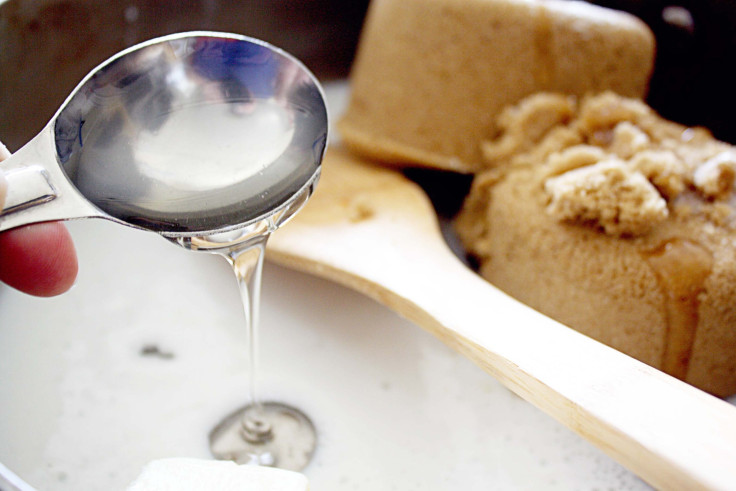Fructose Can Cause Liver Damage Without Weight Gain; High Fructose Corn Syrup Is In Just About All Processed Foods

Many companies in the U.S. have seen a large backlash against the use of high fructose corn syrup (HFCS) in foods, prompting many — such as Snapple — to remove HFCS from its beverages. With previous research proving that HFCS is unhealthier than shoddy sugar in some cases, and other reports indicating that it causes obesity and liver damage, the debate has raged on. But a new scientific study published in the American Journal of Clinical Nutrition shows that HFCS can directly cause liver damage in laboratory animals, without causing obesity.
Researchers at Wake Forest Baptist Medical Center observed that while feeding fructose to primates, liver damage can result with no weight gain, in just a short six-week time period. "Is a calorie a calorie? Are they all created equal? Based on this study, we would say not," said Kylie Kavanagh, D.V.M., assistant professor of pathology-comparative medicine at Wake Forest Baptist and lead author of the study, in a press statment.
Because previous research didn't determine if liver damage was caused by HFCS directly, or indirectly because of the obesity resulting from the diet, researchers wanted to see the direct result of HFCS. Researchers took similar weighted and sized primates and split them into two groups. One group would have 24 percent of their diet supplemented with HFCS, while the other had a negligible diet of HFCS at 0.5 percent. Both groups would receive the same total number of calories a day.
The diets also had the same amounts of fat, carbohydrate, and protein. But the diets themselves were different. The high-fructose group's diet was made from flour, butter, pork fat, eggs, and fructose (the main ingredient in corn syrup), similar to what many people eat, while the control group's diet was made from healthy complex carbohydrates and soy protein.
The researchers weighed the primates weekly, and measured their waists to adjust their diets so both groups maintained similar weights. Blood was also drawn at regular intervals to look at biomarkers in the blood that indicate liver health — the same tests run on people when they go for a doctor's visit. The researchers also looked at what types of bacteria were present in the intestines of the primates by taking stool samples. Bacterial composition in the gut has recently been a focal point of much research and has been connected to a wide array of diseases.
"What surprised us the most was how quickly the liver was affected and how extensive the damage was, especially without weight gain as a factor," Kavanagh said. "Six weeks in monkeys is roughly equivalent to three months in humans." An explanation for this came from the bacteria, being more mobile and migrating to the liver more often in the HFCS group than the control group. The intestines were somehow becoming more leaky and allowing the bacteria to enter the bloodstream at a 30 percent higher rate and end up in the liver.
"We studied fructose because it is the most commonly added sugar in the American diet, but based on our study findings, we can't say conclusively that fructose caused the liver damage," Kavanagh said. "What we can say is that high added sugars caused bacteria to exit the intestines, go into the blood stream and damage the liver. The liver damage began even in the absence of weight gain. This could have clinical implications because most doctors and scientists have thought that it was the fat in and around tissues in the body that caused the health problems."
In the future, the team hopes to study another common sugar, called dextrose, found in plants and compare the results to experiments with fructose.
Source: Kavanagh K, Wylie T, Tucker K, et al. Dietary fructose induces endotoxemia and hepatic injury in calorically controlled primates. American Journal of Clinical Nutrition. 2013.



























